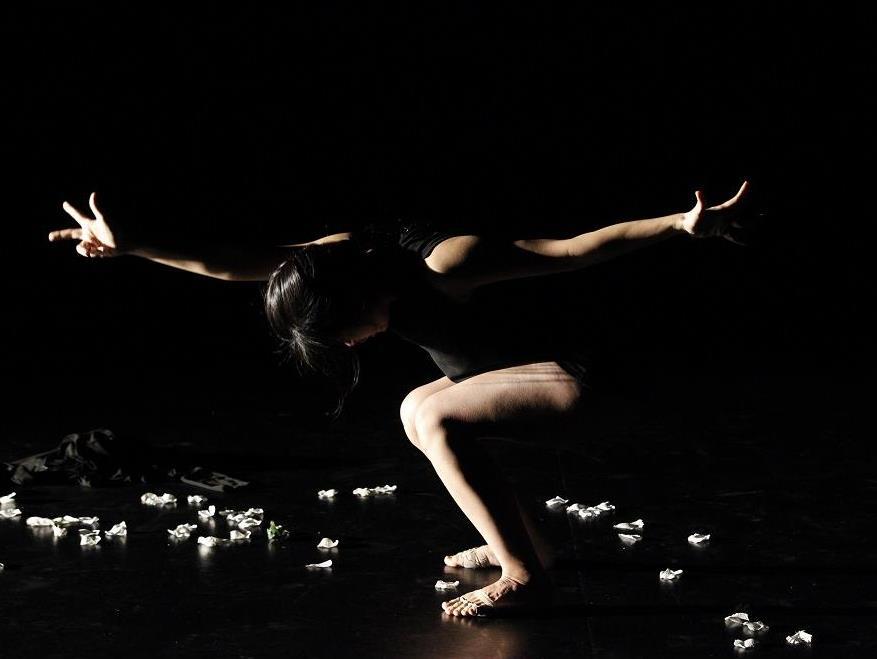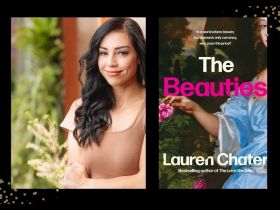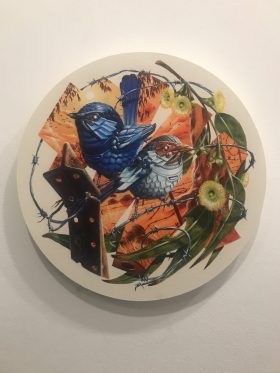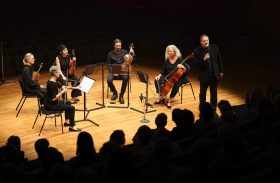Image: supplied.
The solitude of the artist is not a luxury designers enjoy.
‘If you want to be a designer for stage or for screen…by definition you will be working alongside writers and directors and cinematographers and workshops and so forth. This makes you distinct from a studio artist who has a very solitary practice where they don’t need to collaborate. Designers need to endlessly collaborate,’ said Anna Cordingley, practicing set and costume designer and lecturer at the Victorian College of the Arts.
Cordingley teaches students enrolled in the Master of Design for Performance and the Master of Design for Screen. She has also just finished the set and costume designs for Jasper Jones, now showing at the Melbourne Theatre Company.
Learn more about graduate studies at VCA
While the capacity for collaboration begins in the playground, Cordingley said it is a skill that can be learned.
‘It’s about thinking very laterally. Collaboration requires you to think quite quickly and adapt and incorporate other people’s thoughts and work together.’
In class at VCA, Cordingley gets students used to being in this open frame of mind through subjects dedicated to collaboration and design. In the subject Design Realisation and Collaboration, students form small groups that change each week.
‘They are very fast and furious collaborations that they are working on. It is more like you’d find in creative development out in the industry I suppose. Every week they are grouped up with the writers, directors, dramaturges from the theatre school and choreographers from the dance school,’ said Cordingley.
‘Often they are thrown different scripts, texts or provocations to respond to and they will come up with a mini concept. Sometimes they have the desire to flesh them out and build a mini model. This subject is more about thinking on your feet and coming up with something punchy then spending months labouring on one idea.’
This format helps students move from one idea to the next and allows them to constantly work on new creative ideas with a new team each week.
Attend an information session at VCA this month
One tip she offers is to be curious and ask questions. This approach helps team players work towards an idea with the team, rather than being motivated only by their own thoughts. Responsiveness is key. Just working from a brief is a kind of collaboration, requiring a designer to respond to others’ ideas, points out Cordingley.
But what should you do if what you think is your best idea is discarded by your team? The trick is to not think of the idea as precious, but rather identify how the aesthetic or tone you have conceived can be implemented differently.
Students learn to let go of ideas when they can’t reach consensus. ‘It’s about not being wedded to one idea, which is a bit of a collaborative vice if you come armed with one idea and you are a little inflexible. You need to dispel that tendency,’ said Cordingley.
‘It is about having a sensibility that you anchor all your ideas to. So that if one idea doesn’t resonate with the group you have others that can bubble up around that same sentiment or aesthetic or whatever is the driving force behind the idea.’
‘You might come armed with a text and this one idea that you really want to have a revolve and you want to have something flying up in the grid and your director and everybody else might want something more simplistic. But all along you knew that you wanted the tone of all of that to be gothic, and you can still keep a gothic space without having something flying or using the revolve. It is about identifying that.’
For more information, register for one of the graduate study information sessions at the Victorian College of the Arts, University of Melbourne. On from 21-29 September 2016.





